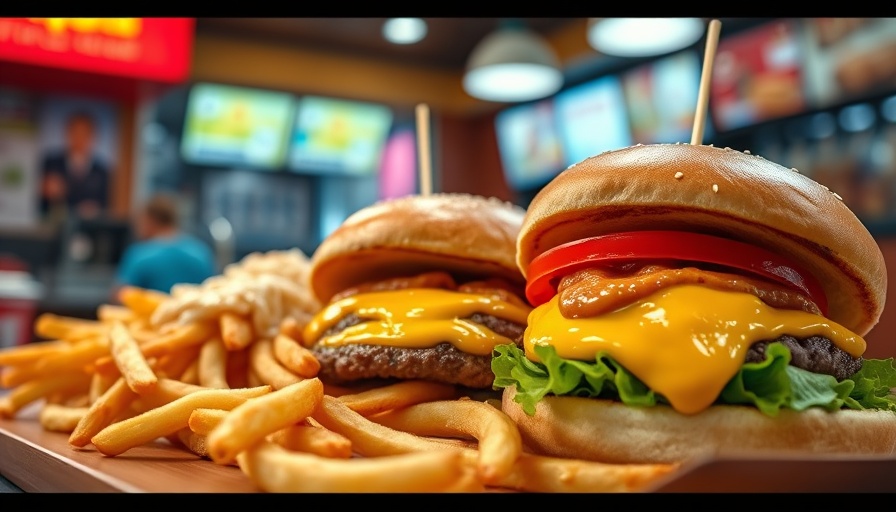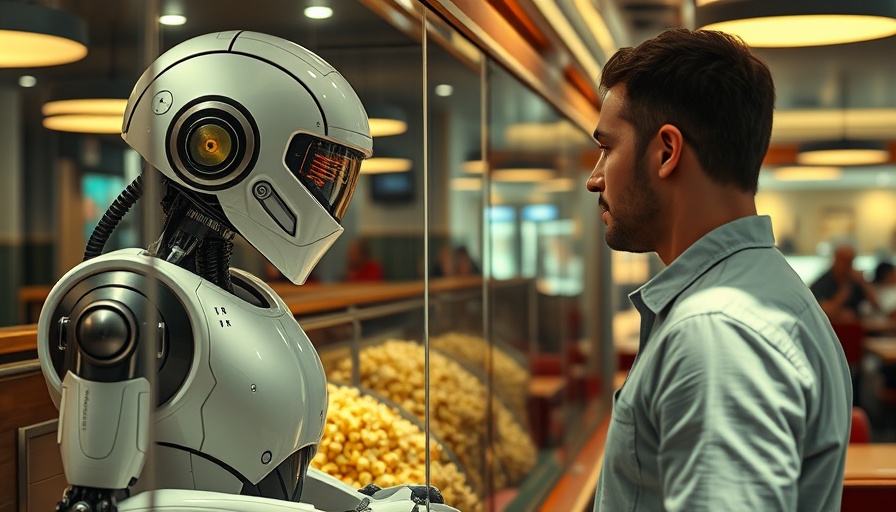
The Rising Dependence on AI in Higher Education
In recent years, artificial intelligence has dramatically infiltrated various aspects of our lives, and American college students are no exception. In a new study published in the journal Tech Trends, researchers from the University of North Carolina at Charlotte revealed that a significant portion of college students are increasingly relying on AI for their educational needs. With 40.2% of students reporting that they use AI tools 'very frequently' and 38.9% using them occasionally, the necessity of this technology is unmistakable.
A Sad Reflection of Educational Crisis
The implications of these findings cast a grim picture on the current state of the education system. Many students prefer using AI due to a simple yet heartbreaking reason: they feel less judged. In an environment that is often competitive and high-pressure, this sentiment echoes a larger crisis within academia. As students navigate an uncertain job market with degrees that may not hold the same value as before, the need for supportive and judgment-free academic assistance becomes apparent.
AI vs. Human Interaction: The Search for Acceptance
The study highlights a trend that has also been observed in non-academic settings. Individuals seek out AI for emotional support, utilizing chatbots for everything from relationship advice to personal mental health care. The anonymity AI offers, combined with a lack of judgment, makes it an attractive alternative to human interaction. For many students grappling with stress and anxiety over their studies, turning to AI for companionship can feel safer than confiding in overwhelmed professors or peers.
The Ethical Dilemma of AI in Academia
Despite the growing dependency on AI, notable ethical questions arise. Critics argue that the proliferation of AI tools might dilute the educational experience, leading to a superficial understanding of course material. Furthermore, the suspicion from educators regarding AI use can inadvertently push students deeper into the virtual arms of technology, where their abilities and efforts may be underestimated or misrepresented. This creates a paradox where students seek to escape judgment but risk facing limited learning opportunities.
Small Business Owners: The Broader Relevance
While the primary focus has been on college students, small business owners should also pay attention to this trend. The reliance on AI for creative solutions, marketing strategies, or operational efficiencies can stem from a similar desire for judgment-free environments where experimentation is encouraged. Understanding how younger generations are adapting to and incorporating AI into their workflows can provide valuable insights for businesses looking to innovate.
Looking Ahead: The Future of AI in Education
As educators and policymakers seek to address the issues highlighted by this study, there is an opportunity to create systems that foster healthy, judgment-free learning environments. This can include integrating AI responsibly into teaching methodologies while also emphasizing human interaction. Collaborations between educators and technologists can ensure that AI serves as a supplement to—rather than a replacement for—genuine interpersonal connection in education.
A more holistic approach could alleviate the anxiety that drives students toward AI, addressing the root causes of their reliance on technology while preparing them for future challenges. Reflection and action are essential in crafting a future where technology and human connection coexist harmoniously in the educational sphere.
The findings from this study serve as a wake-up call not just for educational institutions, but for society as a whole. Embracing the potential of AI while retaining empathy and understanding in human interactions might pave the way for a better academic experience for generations to come.
 Add Row
Add Row  Add
Add 




Write A Comment